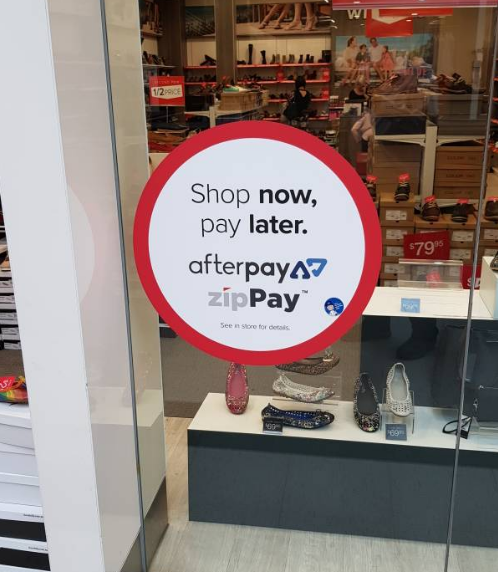
Buy Now Pay Later (BNPL) is now big business in Australia and growing fast. As many as 30% of Australian adults now have one or more BNPL accounts, which makes for roughly 5.8 million users nationally. Nearly half of these users say they’ve stopped using their credit card to spend goods.
Why not a BNPL customer buys $20 in your shop on EFTPOS, you surcharge 50 cents, so it costs him $20.50 which they are paying now. If they buy the same product with a BNPL card, they get it for $20 and gets good terms to pay.
Why no fees, well the business model of the BNPL is to charge mainly the retailers not the customer in return what the BNPL companies offer is a lot of business to the merchant and quite a bit of service. To the retailer, the first immediate problem with these services is the fees as they are looking at fees between 3 to 7 percent. Many of their products cannot afford these fees. Many stores cannot afford to switch from a low-cost EFTPOS model to a BNPL model.
Often I find on Lay-by most retailers would accept this loss as it is cheaper than monitoring the Lay-by plus it avoids a legal minefield. But Lay-by is only a tiny percentage of the overall trade of retailers.
The other problem is many retailers question whether the BNPL model will drive much business into their shop.
What many retailers, that handle BNPL do is only offers those products and services that have margins good enough to pay BNPL plus restrict the use somewhat of BNPL.
All BNPL companies and I have spoken to a lot of them, have made it quite clear that they do not like surcharging. Some of the BNPL, although they do not like it, they will accept surcharging, but some will not take it. The other point is that the customers that use BNPL have made it quite clear that I do not like surcharges either. I have seen them abuse merchants on social media who do it.
This is putting every retailer in a terrible plight. To BNPL or not to BNPL
So I welcomed the news that the Reserve Bank of Australia is questioned 'whether there are "policy implications" from "no surcharge" rules that restrict the ability of merchants to apply a surcharge to pass costs to customers – something not available to the credit card schemes.'
Consider this
As most people who have BNPL, have a few BNPL cards, if one BNPL enforces the ban on surcharges and the merchant reluctantly accepts it because they are so big. Then the public will be drawn to that BNPL, and the other BNPL which does allow surcharging will be disadvantaged.
If the BNPL are forced to allow surcharging, I suspect few users of these BNPL will accept these fees of 3 - 7%.
We all I am sure will all be quite interested to see how this comes out.


